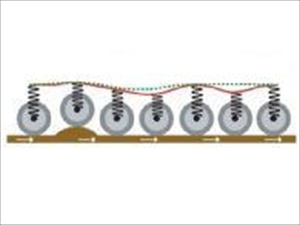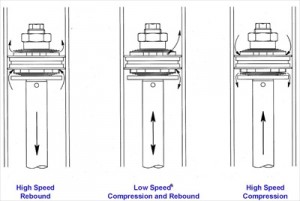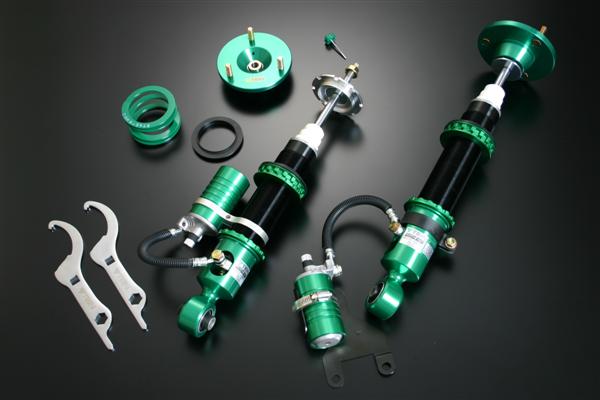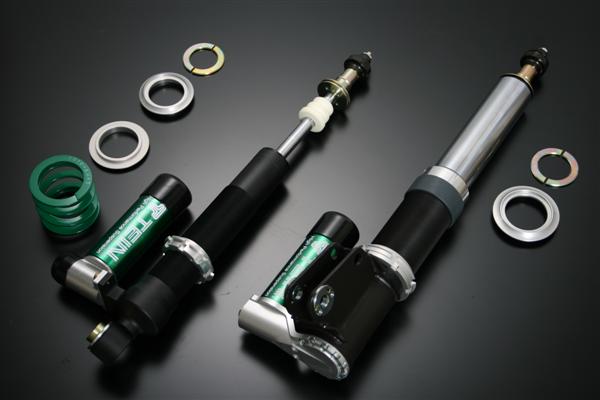What’s up guys? If you are still not sure on what the difference is between compression and rebound on a damper, let me explain. Compression damping is the force experienced when the damper is being compressed. In the case of most vehicles, this is when the damper moves upwards relative to its mounting position; a good example is when you hit a bump at high speeds on the road. If there was no compression on your shocks or struts your tire would just move upwards along with the vehicle, losing contact with the ground. With compression, the tire will deflect over the bump allowing the damper to absorb the impact (hence the name- Shock Absorber) and the tire will extend back to its original state, all the while reducing the vehicle’s motion and not disturbing the comfort of you and your passengers.
Rebound damping is the force that is experienced when a shock absorber returns from its compressed state to its original state. When a damper is in the process of rebound the spring goes from being compressed back to normal releasing all the tension from the compression. In some cases the ride feels bouncy or stiff because of the spring rate and/or damping force settings not being compatible. Keep in mind that if you have a damping force adjustable coil over the stiffer your settings are the slower the rebound. The softer your settings are the faster the rebound.
An example that we offer from TEIN is our Super Racing kit which gives you the advantage to tailor the compression and rebound aspect of the dampers (2-way adjustment). The adjustment is provided by two dedicated adjustment knobs, one being on the top of the piston shaft for rebound while the other is on the reservoir tank for compression or the bottom of the damper on strut applications. As mentioned earlier you also have to take in consideration the spring rate you are using with your coil over kit.
Another example, this time with emphasis on the importance of damper rebound, would be our Group N dampers with F.R.S. (Fast Rebound System). In rally, where the surface is less than smooth and has many transitions in traction, there are many times where the wheel will lose contact with the ground. This translates into time lost trying to accelerate and gain grip.
This purely mechanical feature detects when the tire has lost traction and activates the by-pass valve to allow rebound force to decrease momentarily, letting the wheel and tire extend further down.
The picture above shows the difference between the standard Group N dampers to the Group N with F.R.S. This seemingly small feature makes a world of difference in much needed traction.
If you are in the market for new dampers, we’d like to hear your suspension needs. Feel free to give us a call to hear our recommendations!






